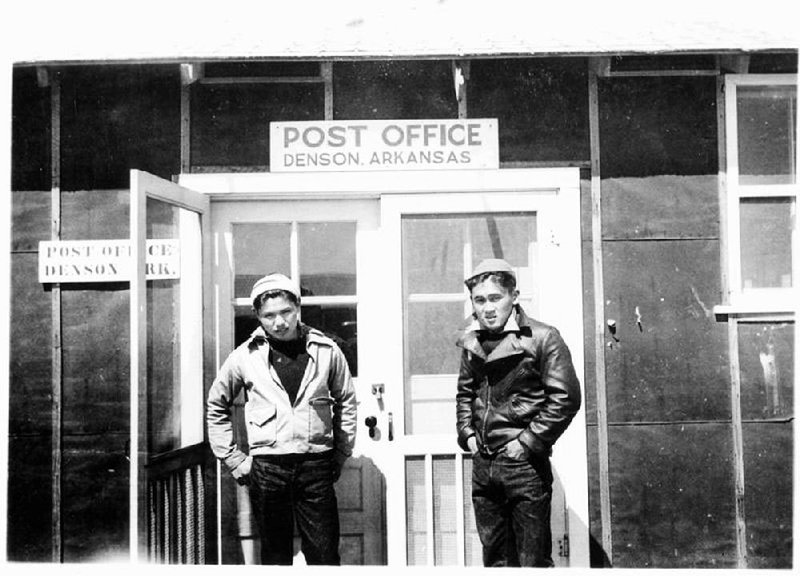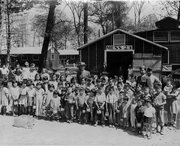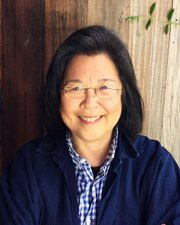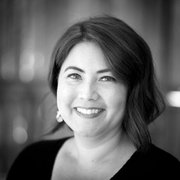For the first time since he was a young man, Fred Shimasaki is returning to Rohwer.
Shimasaki, his mother and eight siblings lived in a two-room barracks at the Japanese American Relocation Center there in the early 1940s, surrounded by barbed wire and armed guards. The center was one of 10 sites administered by the War Relocation Authority to house Japanese Americans from the West Coast during World War II. From the time it opened in September 1942 to when it closed in November 1945, an estimated 8,000 Japanese Americans were held at the 500-acre camp.
They were part of the forced relocation of between 110,000 and 120,000 people of Japanese ancestry to these camps ordered by President Franklin D. Roosevelt shortly after Japan's attack on Pearl Harbor on Dec. 7, 1941.
Shimasaki is 93 now, a retired pharmacist living in Hayward, Calif., He is part of a group of Japanese Americans making a pilgrimage to the camp this week and to take part in the fifth anniversary of the Japanese American Internment Museum in nearby McGehee on April 16. They will also visit Jerome, the site of Arkansas' other relocation center and where the Shimasakis lived when they first moved from California.
"I look forward to that trip," says Shimasaki last month in a telephone interview. "I hope it doesn't make me too emotional."
The pilgrimage, which includes more than 60 travelers, is organized by Kimiko Marr.
For Marr, who spent 15 years as a television production manager in Hollywood, the pilgrimages have become a big part of her life.
"This is my new passion," the 44-year-old says from her home in Aptos, Calif., about 90 minutes south of San Francisco. "This is the first one I'm organizing myself, but last year I attended five."
The Arkansas relocation centers were the easternmost among the 10 camps. The others were in Manzanar and Tule Lake, Calif.; Poston and Gila River in Arizona; Granada, Colo.; Heart Mountain, Wyo.; Minidoka, Idaho; and Topaz, Utah.
The one thing the camps have in common is their isolation, Marr says. "Everything else is in the desert, except for Jerome and Rohwer, which were swampland."
Marr's mother and grandparents were held in Utah. She and her mom, Patricia, made a pilgrimage to that camp last year.
About four years ago, Marr, a fourth-generation Japanese American who grew up near Kansas City, started asking her family about life in the camps, though details were few. Her grandfather had passed away and her mother, who was just a toddler when she was incarcerated, didn't remember much of her experience. So Marr tried talking with her grandmother, whose health was declining.
"She didn't really have a lot to say about it. And she started to have a little dementia. When I would show her pictures, she couldn't remember. Sometimes she couldn't even recognize herself."
Feeling as if she'd let a part of her family's history slip through her fingers, Marr resolved to become active in learning about the history of Japanese American internment.
"I left my my career and said 'This is what I'm focusing on now.'"
She started interviewing survivors and recording their stories, the initial round of which came after her grandmother's death.
"The first interviews I did on-camera were at my grandmother's celebration of life party. I was interviewing friends of my mom's and our older relatives that were in the camp."
And now she's leading pilgrimages and working on a website devoted to them.
"I think there are a lot of Japanese Americans out there who don't know these pilgrimages happen," she says. "The website would be a central location for the information."
. . .
Marr will give a presentation on genealogy at the Arkansas museum's fifth anniversary celebration. She will be joined by speakers Sarah Simms of Louisiana State University and Hayley Johnson of Nicholls State University in Thibodaux, La., who are developing an online research guide, "Through an Extended Lens: Louisiana, Internment, and the Geography of Chance," and Lily Yuriko Nakai Havey, author of Gasa Gasa Girl Goes to Camp: A Nisei Youth Behind a World War II Fence.
Star Trek actor George Takei, who was incarcerated at Rohwer with his family and who was at the museum's opening in 2013, is also scheduled to appear, says museum curator Susan Gallion.
Local officials and members of the Ellington family, who owned property near the Jerome Japanese American Relocation Center and who now own most of the property where the camp was built, will also attend, Gallion says.
"I feel very humbled to have a part in something of this magnitude," she says. "It wasn't until I started working with the museum when it opened that I found out about internment, and I've lived in McGehee for 40 years."
Another speaker will be Nancy Ukai of Berkeley, Calif., who is one of the founders of the website 50objects.org, which has collected 50 objects from the camps, including a homemade electric fan from Rohwer and a small model of the Rohwer barracks. The items, along with the stories of the people behind them, will be released on the website over the course of this year, which marks the 76th anniversary of Roosevelt's Executive Order 9066.
This will be Ukai's first trip to the Arkansas camps.
"I personally would like to visit all 10 of the permanent camps to be at the sites and honor the people who were there and who lost so much," the 63-year-old former journalist says.
About a dozen of her relatives, including her parents and grandparents, were taken from their homes in Berkeley and Oakland and sent to the Topaz camp in Utah, she says.
"It's a shared history," she says. "It's part of American history. It's my family's history and it's also community history. I'm especially thinking about the immigrants from Japan who came to this land of freedom and lost so much."
. . .
Participants in the Arkansas pilgrimage range in age from their early 20s to their early 90s, and Marr plans to have intergenerational conversations among the travelers.
The group will visit the cemetery at Rohwer, where people who died during internment are buried, and will stop at the site of the Jerome camp after the McGhee museum ceremony.
The group will also get to see the exhibit "Education in Exile: Student Experience at Rohwer Relocation Center" at the Butler Center for Arkansas Studies in Little Rock.
Shimasaki has visited other camps, including Gila River, where the foundations of the buildings were mostly all that was left. Ask him what he remembers most about Rohwer and he replies with a story about paint.
"I worked in a warehouse and they had barrels of powdered paint. The inside of the barracks, as time went on, would get grimy and stained. Since I worked in the warehouse, I asked to have some of the paint delivered to our barracks."
When the paint arrived, Shimasaki and his family painted the interior walls of their barracks white.
"The whole room looked very clean and white. We told everybody, 'Look at our room.' And they wanted to do the same thing. Everybody on our block painted their rooms to look nicer."
Shimasaki, like many Japanese American men, was drafted into the Army during the war. He was stationed first in England and later in Belgium with the 390th Military Police Battalion guarding freight trains.
His family was transferred to the camp in Utah, where his mother died of cancer.
"I don't think it was fair," he says of his family being uprooted from their homes and placed under guard halfway across the country. "I was born and raised here. I considered myself a U.S. citizen."
But, he says, he wasn't going to disobey the government.
After the war, he returned to California where he attended college on the G.I. Bill, eventually becoming a pharmacist. He married and had three children. Over the years, his family's time at the camp didn't come up much.
"We never did talk about it."
Marr has seen how the pilgrimages can open dialogue and also stir up feelings, even for family members who were never in the camps but who want to learn about their history. She talks about making a new friend on a pilgrimage to Idaho.
"She was in her mid-20s. She didn't even realize her family had been in Minidoka camp until a week before the pilgrimage."
The woman now works with Marr to get the pilgrimage website up and running.
"To see her, who is a generation younger than me, get excited, I started thinking: Get the younger people interested so they can continue to tell the story. So 100 years from now, people are still talking about it and it's not something that's disappeared into the dust of history."
Style on 04/08/2018
CORRECTION: The Ellington family owned property near the Jerome Japanese American Relocation Center. An earlier version of this story incorrectly stated where the property was owned.



